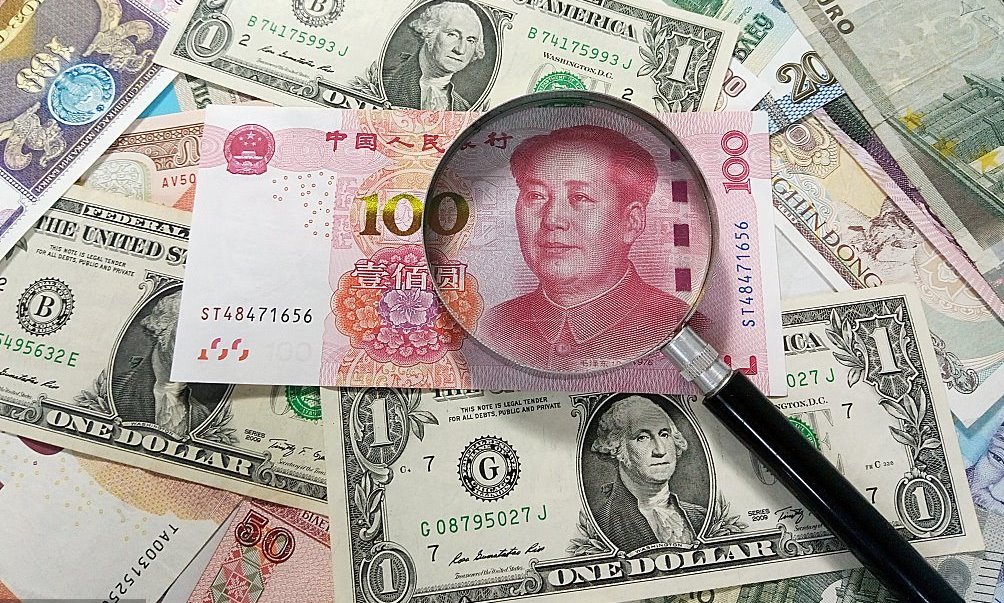
Foreign currencies not listed in Exchange Rates Please refer to the guide here on retrieving the weekly average exchange rates. Exchange rates for the period 4 May – are based on the weekly average exchange rates for Period ending from the Monetary Authority of Singapore. To provide facilitation, you may use the weekly average exchange rates, published by the Monetary Authority of Singapore in the preceding week, when making declarations to Customs for the current week.Į.g. However, if Company B is to pay US$10,000 to Company A, then the exchange rate should be used to convert US$10,000 to Singapore Dollars to determine the customs value. Since Company B paid for the batteries in Singapore Dollars, the amount of S$13,700 should be used to determine the customs value. Which of the 2 currencies should be used to determine the customs value? This study shows that it is impossible to resolve China’s trade deficit, depending only on the movement of RMB’s exchange rate.If any component of the customs value is settled in a foreign currency, that value should be converted to Singapore Dollars using the current selling rate of that currency in Singapore, at the time when customs duty or excise duty is paid for the imported goods.Ĭompany A sold 100 boxes of batteries to Company B at Cost, Insurance and Freight (CIF) US$10,000 but states that payment should be settled in Singapore Dollars at S$13,700. These findings provide no support for the existence of J-curve effect and Marshall-Lerner Condition in case of China. The results show that real effective exchange rate has both negative and positive impacts on the trade balance in several sub-periods, and in turn, trade balance has same impact on real effective exchange rate for China.

Then, using time-varying rolling window method to reexamine the dynamic fundamental relationship. Though, seeing structural changes in two series, we got the result those both long-run and short-run associations using full-sample data are wobbly, which proposes that the full-sample causation tests can’t be relied upon.

The outcome shows that the real effective exchange rate and trade balance in China has no causal relationship. This study inspects the fundamental relationship between the exchange rate and the trade balance in China.


 0 kommentar(er)
0 kommentar(er)
